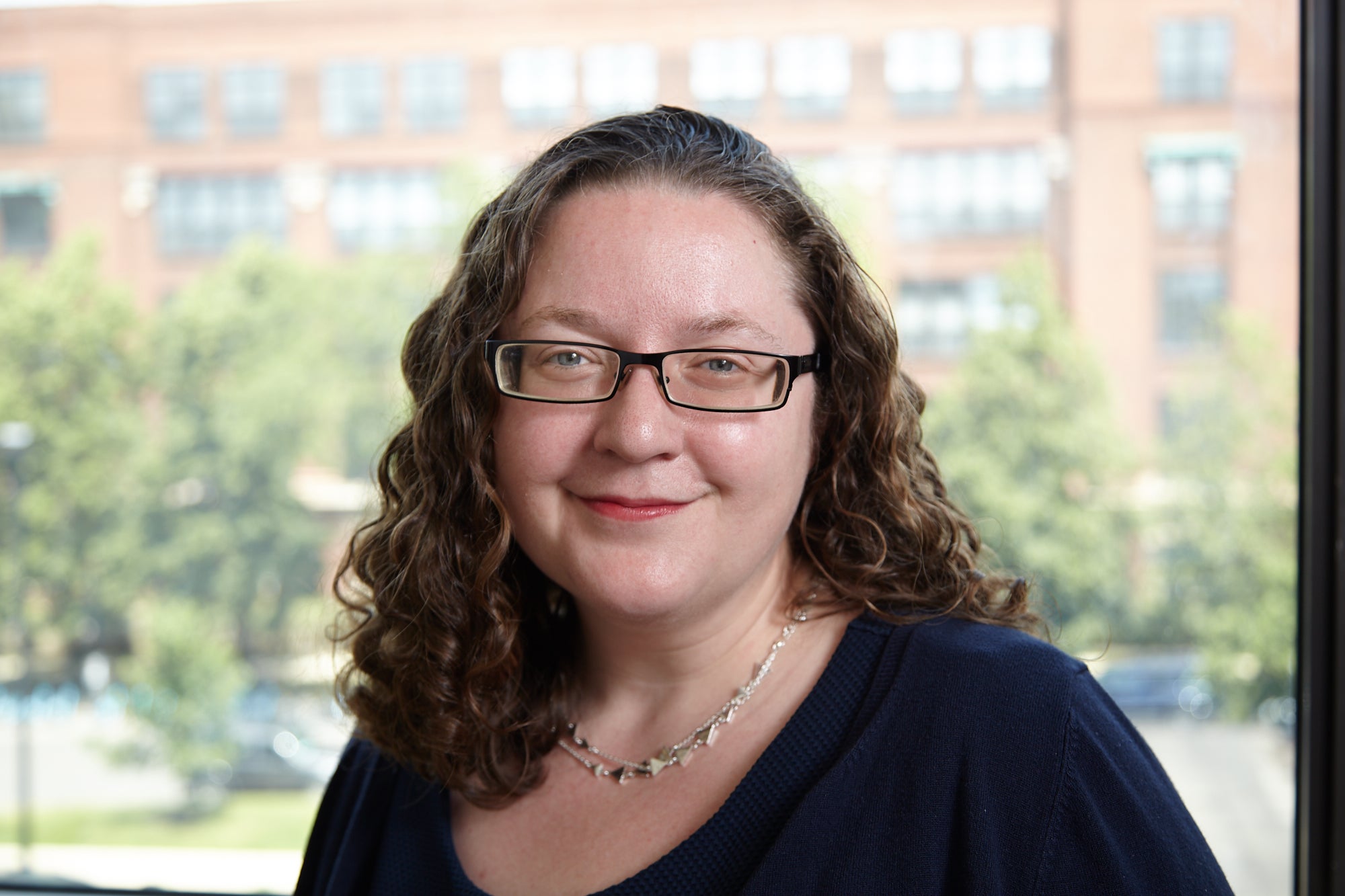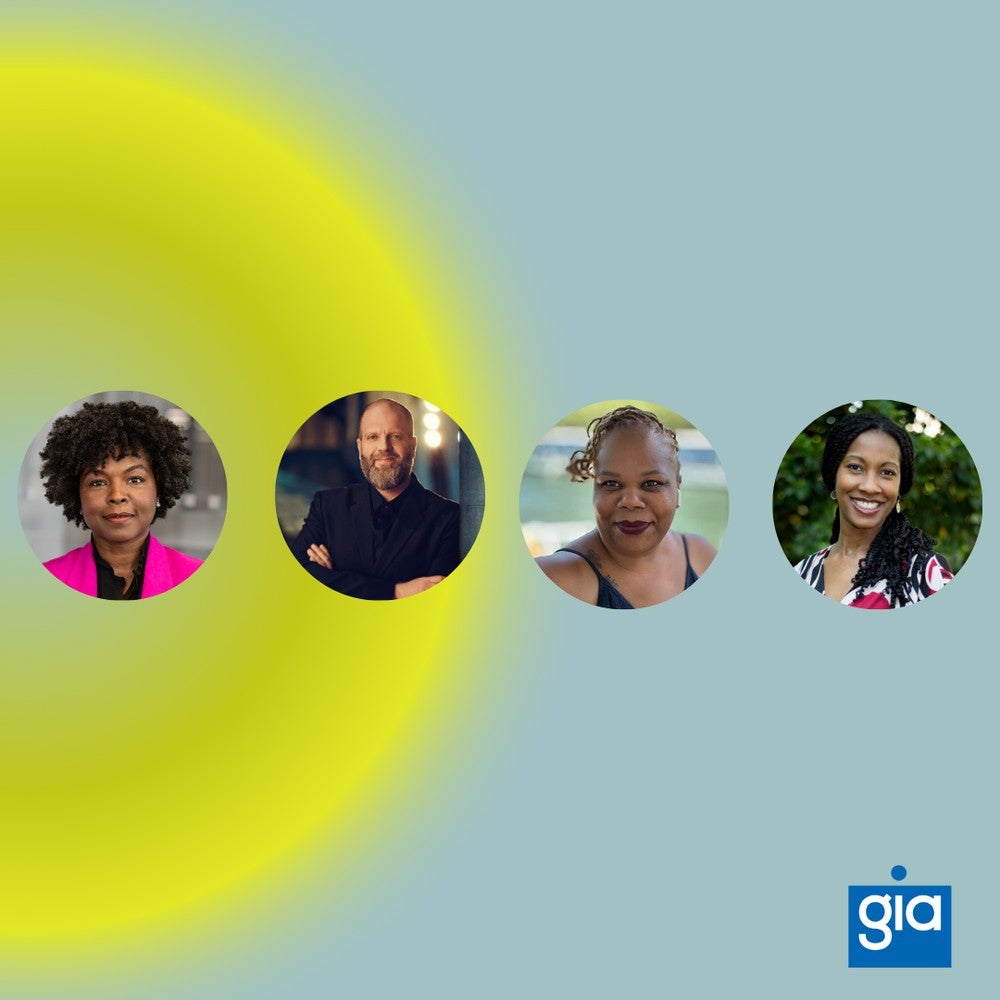As arts organizations around the country plan to reopen, strategists and researchers at LaPlaca Cohen and Slover Linett have teamed up on a research initiative to help arts leaders understand what audiences want and expect from organizations during the pandemic—and how organizations can address the hopes, fears and needs of people as they consider returning. The new study, Culture Track: Culture and Community in a Time of Crisis, based on responses from more than 120,000 survey respondents, sheds light on the current cultural landscape.
We caught up with Jen Benoit-Bryan, vice president & co-director of research at Slover Linett Audience Research and Diane Jean-Mary, partner and chief strategy officer at LaPlaca Cohen, over email to learn more about the implications of the study and how people might look to it for guidance.
We know you have been sharing these findings with arts leaders around the country. What has resonated with the field? How are organizations applying this data?

DJM: Presenting the findings amidst our placeless, Zoom-fueled, reality has provided space for a truly national conversation surrounding the role of arts and culture in our society. Previously, our Culture Track road shows were highly localized, bringing in audiences from a particular city or region to discuss the latest findings. This year, we were able to have far greater dialogue at the national level as participants tune into our presentations from all around the country. This feels particularly vital in a year when we are all navigating the same global issues of health, a hurting economy, and the fight for racial justice. It’s been pretty incredible to see institutions around the country not just take meaningful insights from the study but also from each other.
 JBB: One of the most surprising and meaningful insights from the data has been the high level of arts and culture digital participation among the general public during COVID-19, and crucially, the finding that digital offerings seem to be expanding and diversifying participation. It has been fascinating to see that for many segments of the arts and culture sector, a lot of the people using digital content from organizations hadn’t attended that type of organization in person in the previous year—for example, 51 percent of people using digital content from science museums during COVID-19 hadn’t been to a science museum in person in 2019.
JBB: One of the most surprising and meaningful insights from the data has been the high level of arts and culture digital participation among the general public during COVID-19, and crucially, the finding that digital offerings seem to be expanding and diversifying participation. It has been fascinating to see that for many segments of the arts and culture sector, a lot of the people using digital content from organizations hadn’t attended that type of organization in person in the previous year—for example, 51 percent of people using digital content from science museums during COVID-19 hadn’t been to a science museum in person in 2019.
Perhaps even more importantly, those using digital content who hadn’t been in-person were much more likely to be diverse along demographics that we know are underrepresented in arts and cultural organizations, such as people with low incomes, low education levels and Black or African Americans. We have heard from many organizations who are already using these findings to explain why resources for digital engagement are critical now and in the future.
You’ve both been doing research on audiences for many years. What is different about these findings? What do audiences continue to value during a pandemic?
JBB: A central assumption we held when designing this work was the need to understand what communities require and want from cultural organizations during COVID-19. Therefore, it was critical that we hear from a range of audiences and attenders to culture—defined quite broadly—as well as the public with their varied types and degrees of connection to culture. That’s unique. Most studies focus on a single organization’s audiences or perhaps a portion of the cultural landscape like orchestras, but this study goes way beyond those frames of reference. The sheer scale of participation in the study—over 120,000 respondents—allowed us to slice and compare segments of the data in a more granular way, which is extremely powerful for understanding portions of the whole like users of digital arts and culture activities.
DJM: COVID-19, in every fundamental way, has disrupted our sense of what normal looks like, and we’re seeing that bear out in the research. In a time of such great uncertainty, many are turning to creativity, perhaps as a way to regain a sense of agency, expression and enjoyment. It was great to see how many people are leaning into their inner artist and maker: singing, crafting, baking, painting and more. There are also facets of culture that are just as vital now as they were before the pandemic, particularly in the ways that people perceive the value of the arts: a force for connecting us to each other, for understanding the vastness of human experience, and for emotional and intellectual escape.
Was there anything that surprised you about these findings?
JBB: I was surprised by the proportion of the public—96 percent—that sees a role for arts and culture organizations during a crisis like COVID-19. When we wrote this question, we thought many people might tell us that arts and culture should just “get out of the way” during a crisis, but people are looking to arts and culture for four main kinds of help: support staying connected with others and educating kids; emotional support; practical support and opportunities for distraction and escape.
What is one key finding you hope organizations will take away from the study?
DJM: The single most revealing finding was just how big the racial inclusion problem is in our sector. Anecdotally, the field understands that it has failed to welcome and serve communities of color and has made strides to confront diversity, but there’s still a long way to go to achieve equity and inclusion, and this is reflected in the data. Our survey reached 122,000 respondents, largely pulled from lists provided by over 650 cultural organizations around the nation. The overwhelming majority of those audiences are white, 85 percent of the audiences surveyed through their lists to be exact. Of those surveyed through cultural organizations’ lists, just three percent are Black, five percent are Hispanix/Latinx and four percent are Asian/Pacific Islander. Less than one percent is Native American. Every organization should reflect on this data, unpacking the barriers that have signaled to BIPOC audiences that we do not belong.
For the future relevance of the arts, cultural organizations will have to change alongside our society. And that change cannot be limited to the visitor-facing channels at their disposal. Audiences can see through the optics of superficial inclusion, they can feel when diversity is a mere checkbox. Cultural organizations should instead focus on building trust, relevance and connection with their audiences of color.
JBB: The research also provides some clear evidence about the changes that would make arts and culture organizations better for Black or African American respondents and Hispanic or Latinx respondents. Almost three-quarters of Black or African American respondents, two-thirds of Hispanic or Latinx respondents and about half of the public want arts and culture organizations to become more centered on their communities and the people in them. This includes changes such as greater diversity; a focus on local artists, nonprofits and community; deepening engagement with young people; treating employees fairly; and being friendlier to all kinds of people. There’s more to unpack and explore here, particularly through the upcoming qualitative research coming next.
Did the data give any clues as to the future of organizations using digital content going forward?
DJM: With increasing financial pressure placed on cultural organizations to recoup revenue lost to COVID-19 closures, many institutions are assessing how best to monetize their virtual content. It is important as they examine all the options on the table, not to regard digital as a substitute for prior onsite revenues. The data suggests that the audience’s appetite for paid digital content is quite low. Instead, digital offerings present an opportunity for broadening audiences beyond the typical visitor. We’re seeing greater engagement particularly amongst people of color and lower income families. Digital is a great tool that institutions should deploy in service to bettering the lives of their communities, rather than as a driver of revenue.
What is the level of confidence on these findings? Do you feel they are broadly applicable?
JBB: As we designed the study, we made a few decisions with the goal of creating a broadly applicable and useful dataset. First, we defined “arts and culture” quite widely and worked to recruit participating organizations across the sector. We also worked with NORC [National Opinion Research Center] at the University of Chicago to draw an extremely rigorous and representative sample of the public with a margin of error of 2.88 percentage points. In survey design, we made the strategic decision not to ask any questions that were focused just on the organization distributing the survey—although we considered it—because we wanted these findings to be broadly useful to the arts and culture sector.
Given the findings, what kind of an arts experience would people be responsive to over the next six to 12 months?
DJM: Based on what we’re seeing from the data and hearing from the field, the most successful arts experiences of the future will be designed around what audiences are so desperately missing in their lives—connection, novelty and adventure. We’re in the wild west of creativity and invention, and people seem more willing to experiment with activities that help them reconnect with the parts of life we’ve lost. We are all craving connection with our loved ones and that will only grow in intensity as we move from one year in quarantine to the next. I bet that any arts organization that provides a way for friends and families to connect through shared, novel experiences will be a major hit with audiences. This is especially true if the experience embraces a participatory approach that invites the audience to be the engineers of the adventure, fun and sense of togetherness. Bonus points for experiences that get us off Zoom and into the world (safely, of course), and also for experiences that help parents and caregivers educate children in a fun and interactive way.
Diane Jean-Mary is a global strategy consultant with expertise in organizational change and transformation for the field of arts and entertainment. As Partner and Chief Strategy Officer at LaPlaca Cohen, Diane oversees a dynamic range of projects, nationally and internationally, on cultural entrepreneurship, mission and purpose development, brand strategy, strategic visioning, and audience development across non-profit and corporate creative institutions. She also leads the firm's ongoing Culture Track study, an insights and innovation platform dedicated to addressing the most pressing challenges in the cultural sector.
Jen Benoit-Bryan is the Vice President & Co-director of Research at Slover Linett, a firm that uses the tools of research and evaluation to help the cultural sector understand its participants and communities, experiment with new strategies for engagement, and connect more deeply to more people. Jen has overseen a portfolio of over sixty complex client engagements over the past six years at Slover Linett, using the tools of research and evaluation to help organizations meet their goals. Since coming to Slover Linett in 2014, she has worked on wide-ranging, often multi-year projects with the National Academy of Sciences, Central Park Conservancy, the Kennedy Center, Museum of Fine Arts Houston, Carnegie Hall, Washington National Opera, Ballet Austin, the High Line, Dallas Zoo, and SFMOMA, among many other arts, culture, and informal learning organizations. Jen serves as the Principal Investigator & Slover Linett Team Director for the Culture & Community in a Time of Crisis (CCTC) study conducted in 2020 in partnership with LaPlaca Cohen. Jen earned her Ph.D. in public administration & research methodology at the University of Illinois, Chicago.




